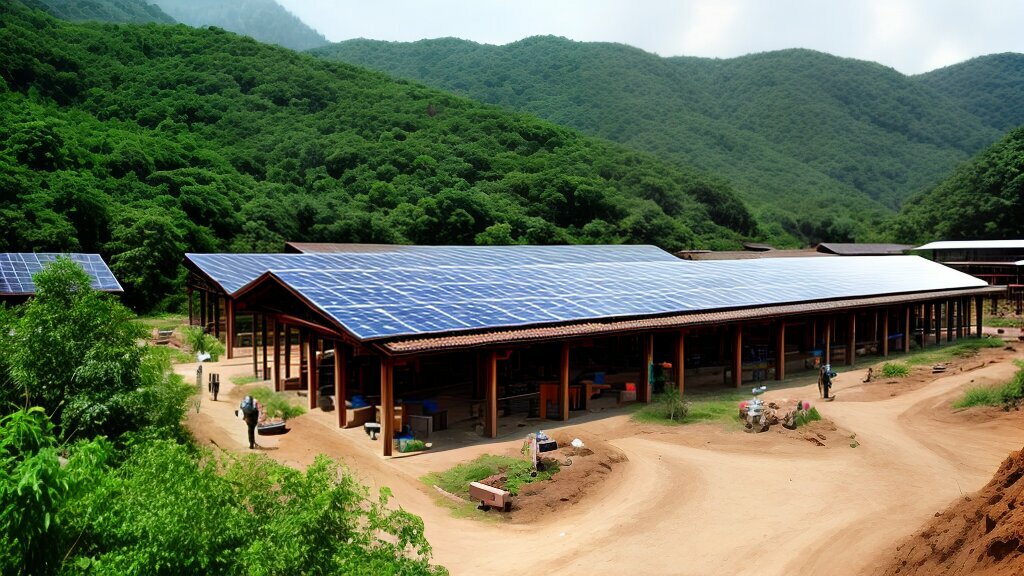Defining Reuse: Why adopting ISO definitions will help encourage circularity
A circular economy is one that is restorative and regenerative by design, and which aims to keep products, components and materials at their highest utility and value at all times.[1] But what do we mean by ‘highest value’, and why is this important?
The demolition and construction industry has made significant progress in recent years, moving away from a linear economy by adopting a recycling economy. The diversion of large percentages of Construction Demolition & Excavation (CD&E) waste from landfill has become standard practice, with CD&E diversion rates now typically exceeding 90% in England and suggested targets of 95% included in the London Plan Circular Economy Statement Guidance.[2] To take the next step towards a circular economy, we need to prioritise reuse over recycling, albeit this still is not top of the Circular Economy Hierarchy.[3]
Why is reuse different to recycling?
This question has been asked of the UKGBC’s Design for Circularity Working Group quite a bit over the past year, and we have found that many use the terms reuse and recycling interchangeably. In fact, there is quite a difference, and we believe that the adoption of the ISO definitions would be invaluable in providing some clarity.
Reuse is defined as the use of products or components more than once for the same, or other purposes, without reprocessing.[4]
Although not explicitly defined in the ISO Standard, this reference to reprocessing is important. Reprocessing is inherent to recycling, which enables materials or parts to be separated and used as material input for same or different use.[5] It should be noted that activities involved in preparation for reuse such as cleaning and stripping back is not considered to be reprocessing.

Take a timber joist as an example: 60 years after installation, a building is being redeveloped and the joist is no longer required. At this point it will be removed, gathered with other timber from the project and sent for recycling. As a Grade B recycled ‘waste’ wood, this will likely be shredded into timber chips and used as feedstock for the panel board industry.[6]
The timber’s life span has been extended as component of a board product. After a further 60 years this board product is removed from the building and sent for recycling. It is now a Grade C recycled waste wood and can only be used as biomass fuel.[7] Its life in the recycling economy ends at 120 years old.
Although the use of recycled content in manufactured products generally reduces demand on natural resources, in this instance it has resulted in a downgrading of the timber; it consequently shouldn’t be considered as an ‘equal’ to reuse. Reuse in this scenario would mean recovering the timber joist from a building, testing it for safety and quality, cleaning it and reinstalling as either a joist or framing within a wall.
For each joist that we remove, shred and turn into chipboard, we need to fell another tree for the new joist. Imagine instead that we use the original joist again, as a joist in another building, negating the need for a new one at all. This saves on virgin materials, but also saves on the energy and embodied carbon required to reprocess it.

Of course, the joist won’t last forever, but adding a further two life cycles onto the original 60 years means that at 180 years old, it will become the feedstock for a board product. And maybe after two lifecycles as a board product, it becomes biomass fuel. Its life in the reuse economy ends at 300 years, 180 years longer than the recycling alternative.
By reusing materials instead of recycling, we can keep materials at their highest utility (and therefore value) for as long as possible. The material should only be recycled when its utilisation is completely exhausted. By adopting the ISO definitions in waste reporting, we will gather more accurate data and encourage more meaningful reuse. This in turn will encourage a move towards a circular economy.
Thanks to all those involved in the interviews that have informed this blog and the contributors to the UKGBC Circular Economy Forum Working Group: AKTII, BAM Construct, CIRCuIT, Grosvenor Britain & Ireland & The Crown Estate. The writer, Rachel Hoolahan is from Orms who are a partner of the UKGBC Circular Economy project.
LEARN MORE ABOUT CIRCULAR ECONOMY
LEARN ABOUT GLASS IN CIRCULAR ECONOMY
References
Ellen MacArthur Foundation, 2017. Circularity and Nine ‘Rs’. [Online]
Available at: https://www.ellenmacarthurfoundation.org/assets/galleries/CEinaction-_Activity06-nine-Rs-6R3_from-graham-081217.pdf
[Accessed 08 2021].
ISO 20887, 2020. Sustainability in buildings and civil engineering works — Design for disassembly and adaptability. s.l.:s.n.
Mayor of London, 2020. Circular Economy Statement Guidance. [Online]
Available at: https://www.london.gov.uk/sites/default/files/ggbd_circular_economy_statement_guidance_2020_web.pdf
[Accessed 08 2021].
Wood Recyclers Association, 2021. WRA Grades of Waste Wood. [Online]
Available at: https://woodrecyclers.org/wp-content/uploads/WRA-Grades-of-Waste-Wood.pdf
[Accessed 07 2021].
[1] (ISO 20887, 2020)
[2] (Mayor of London, 2020)
[3] (Ellen MacArthur Foundation, 2017)
[4] (ISO 20887, 2020)
[5] (ISO 20887, 2020)
[6] (Wood Recyclers Association, 2021)
[7] (Wood Recyclers Association, 2021)
The post Defining Reuse: Why adopting ISO definitions will help encourage circularity appeared first on UKGBC – UK Green Building Council.







